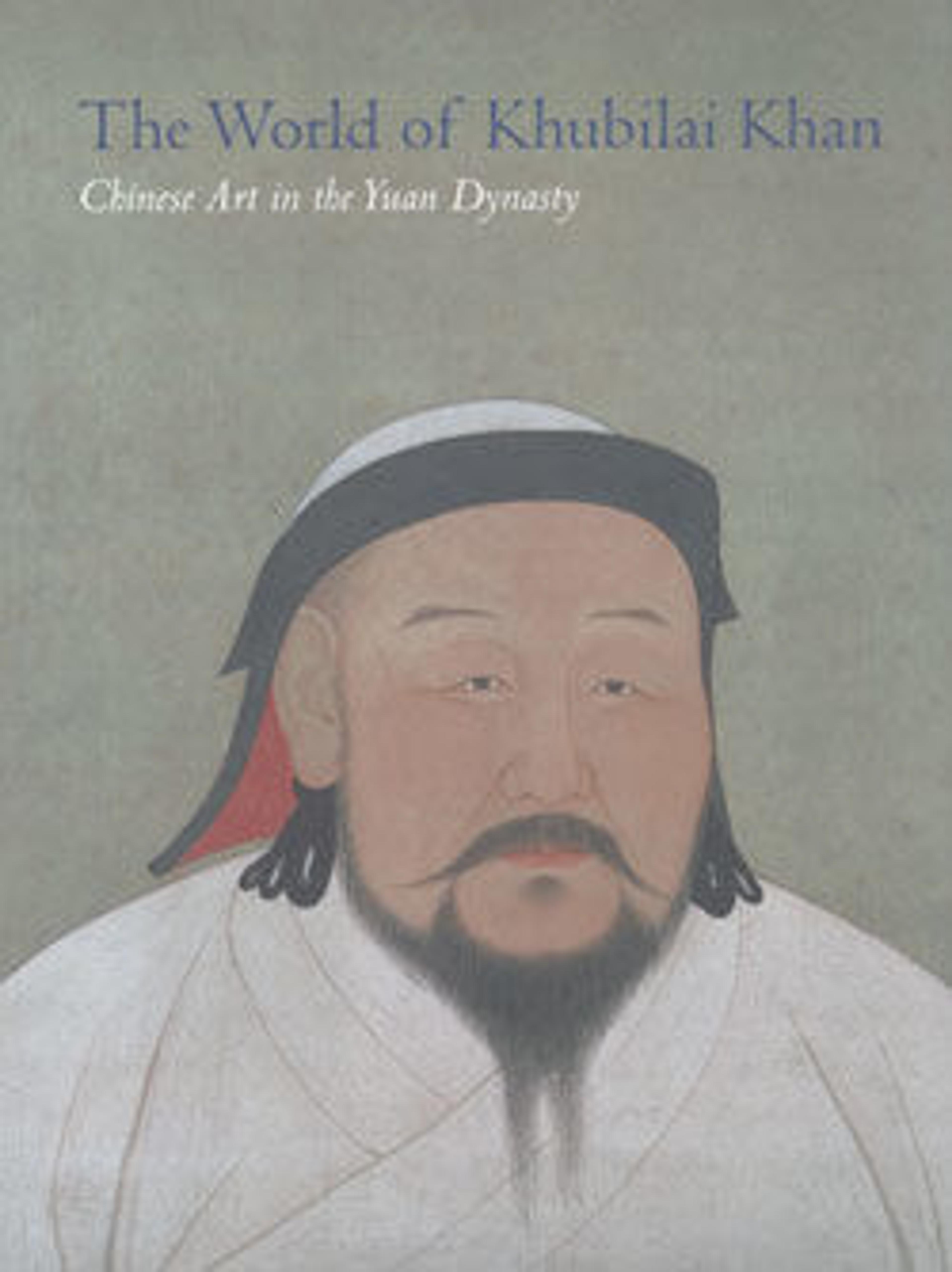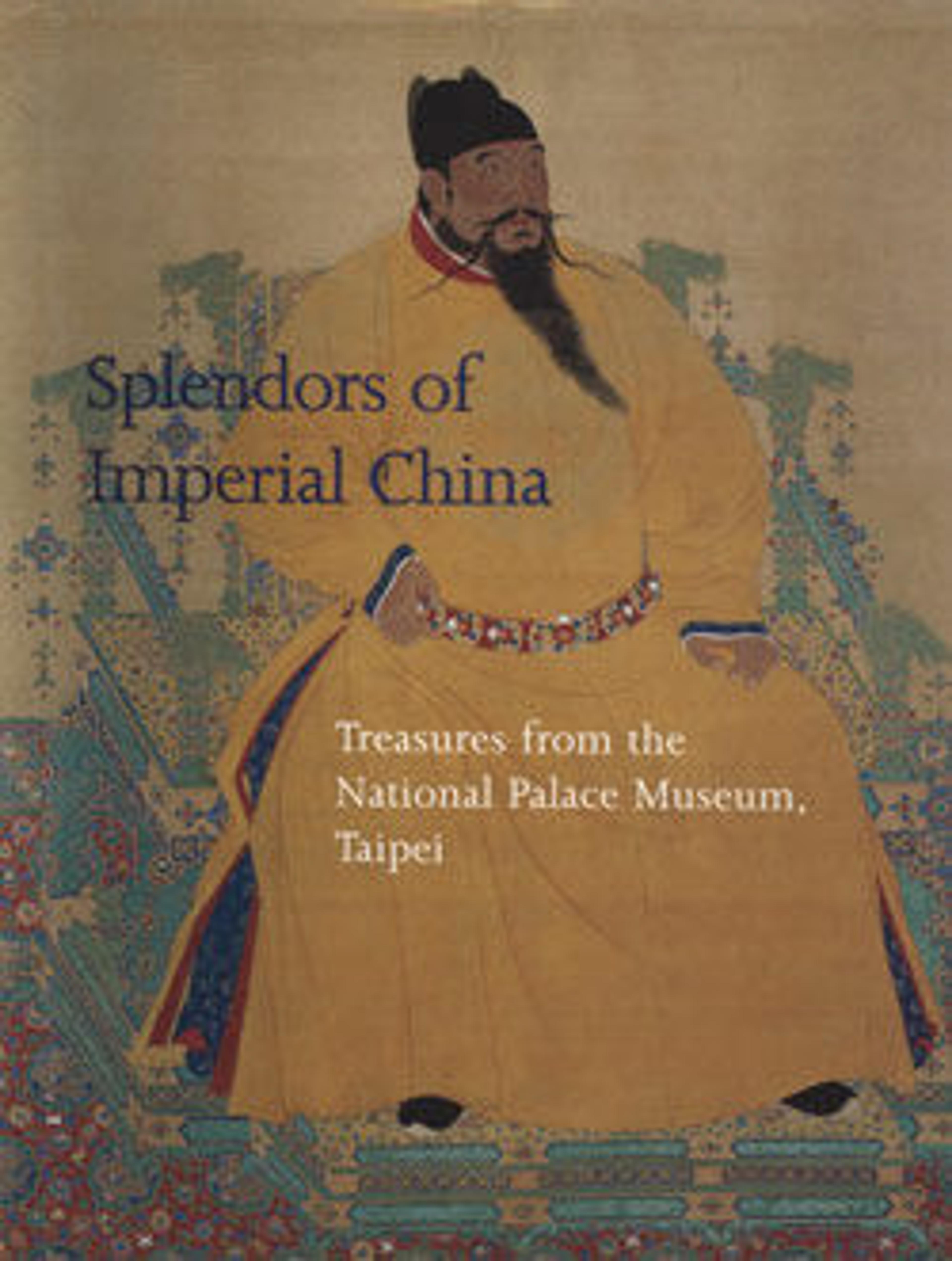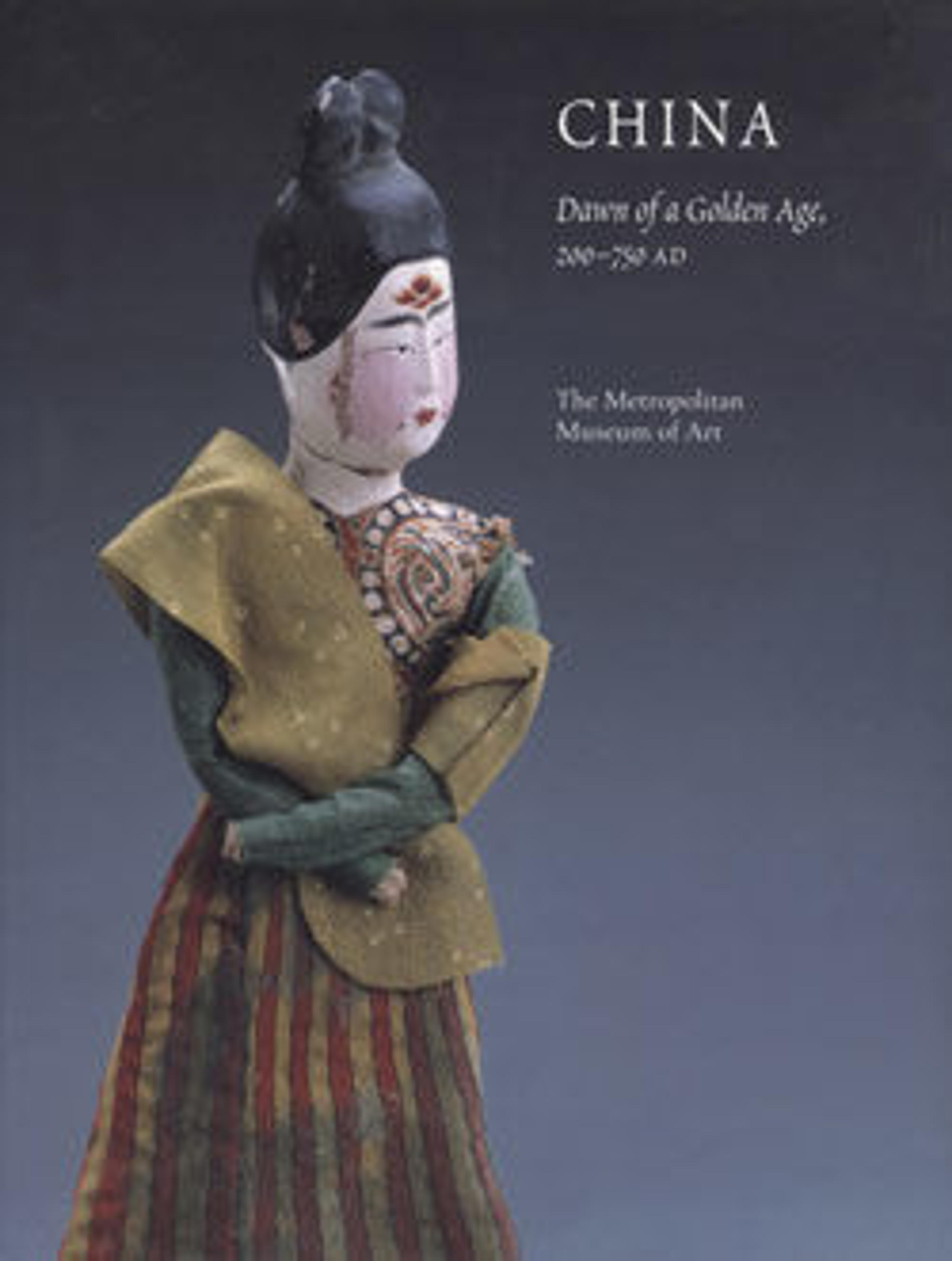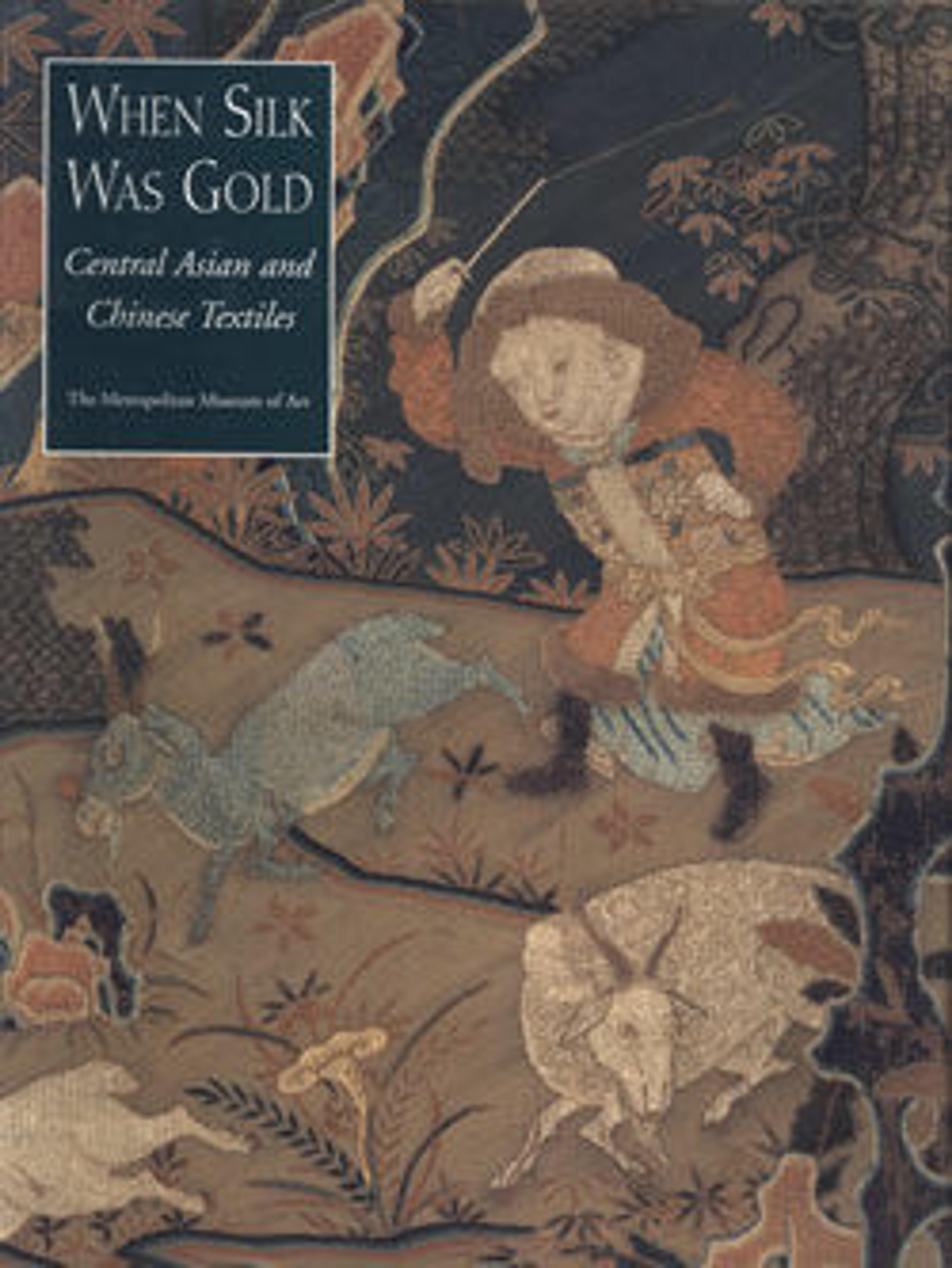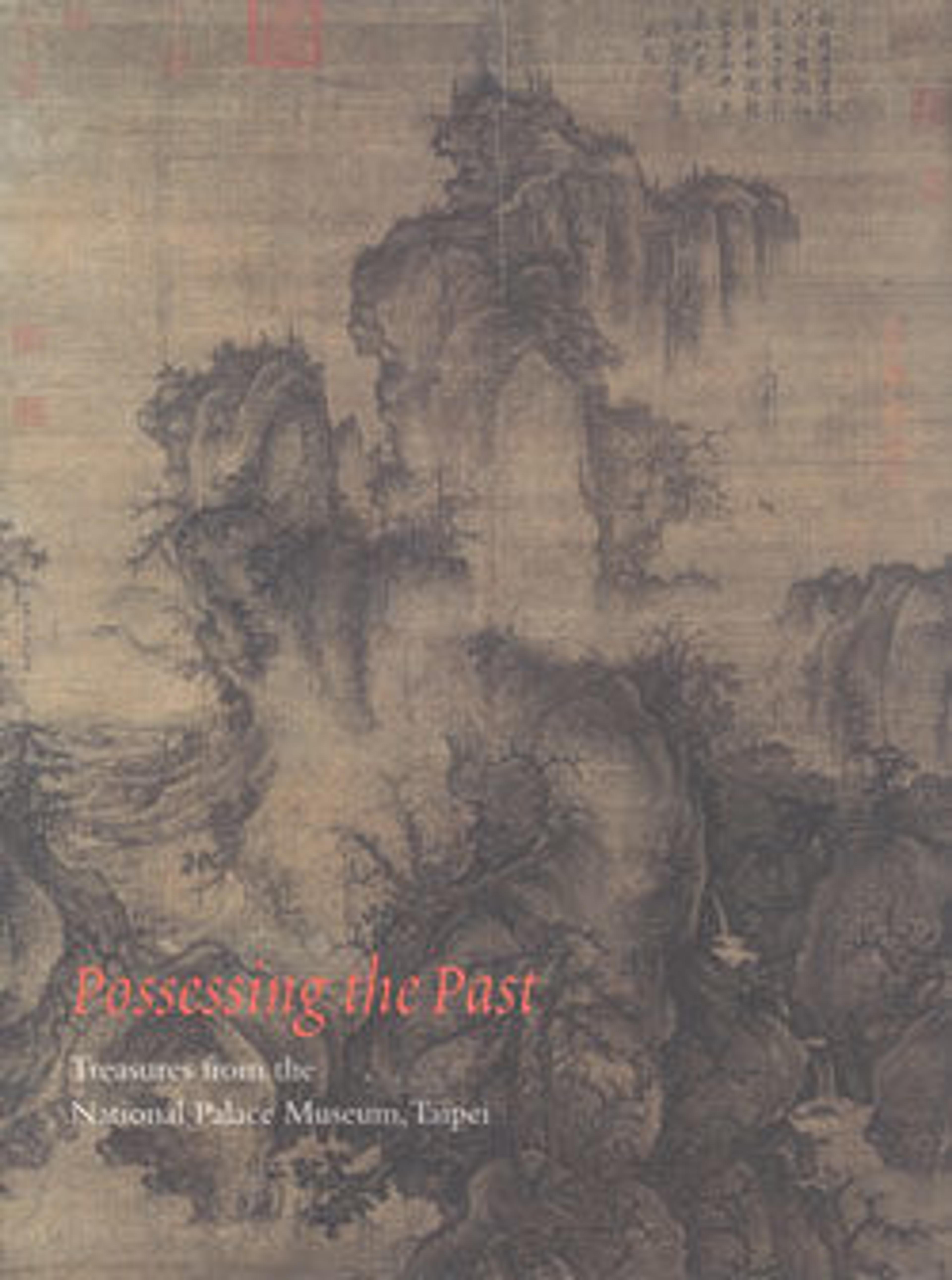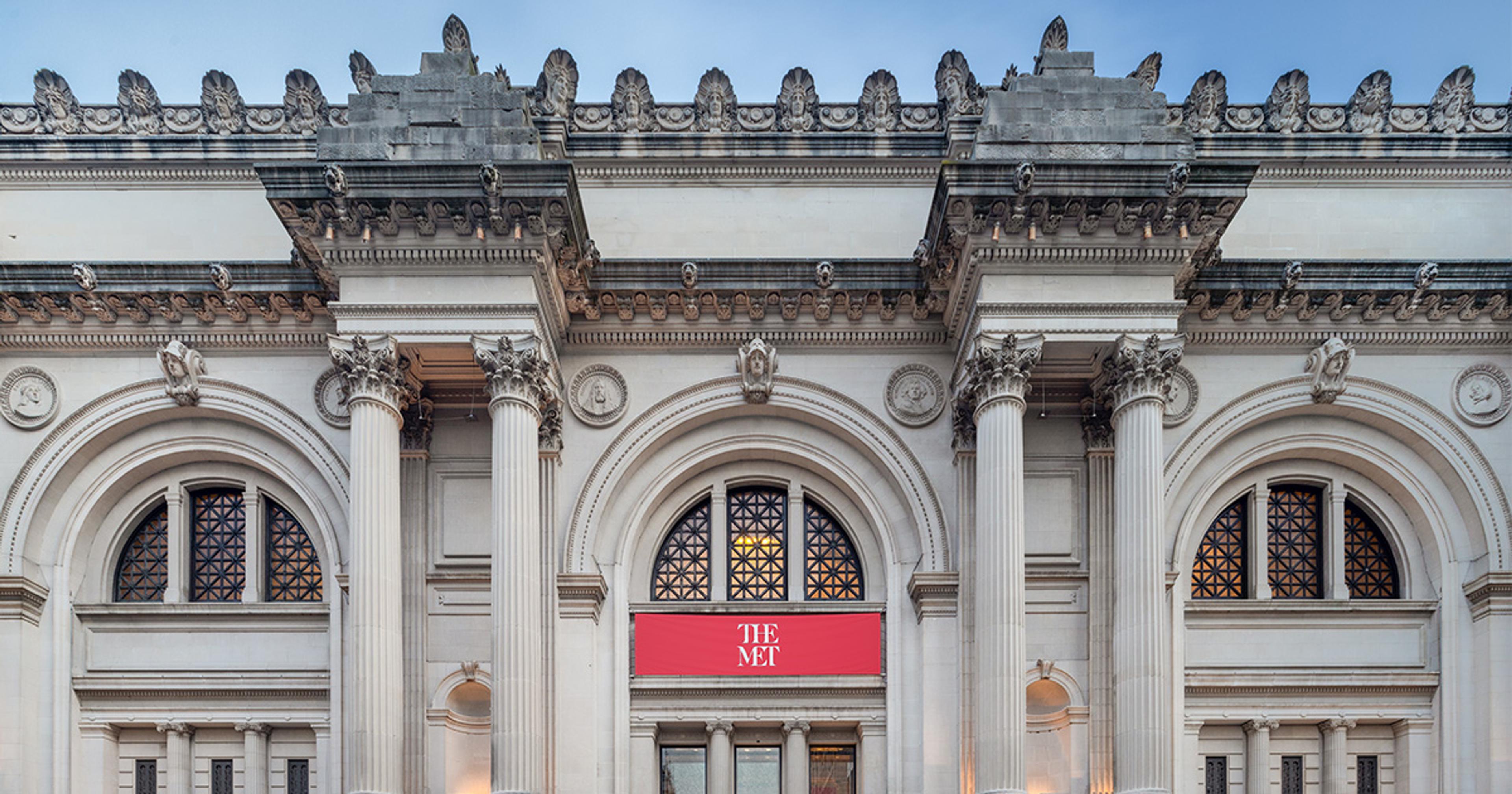
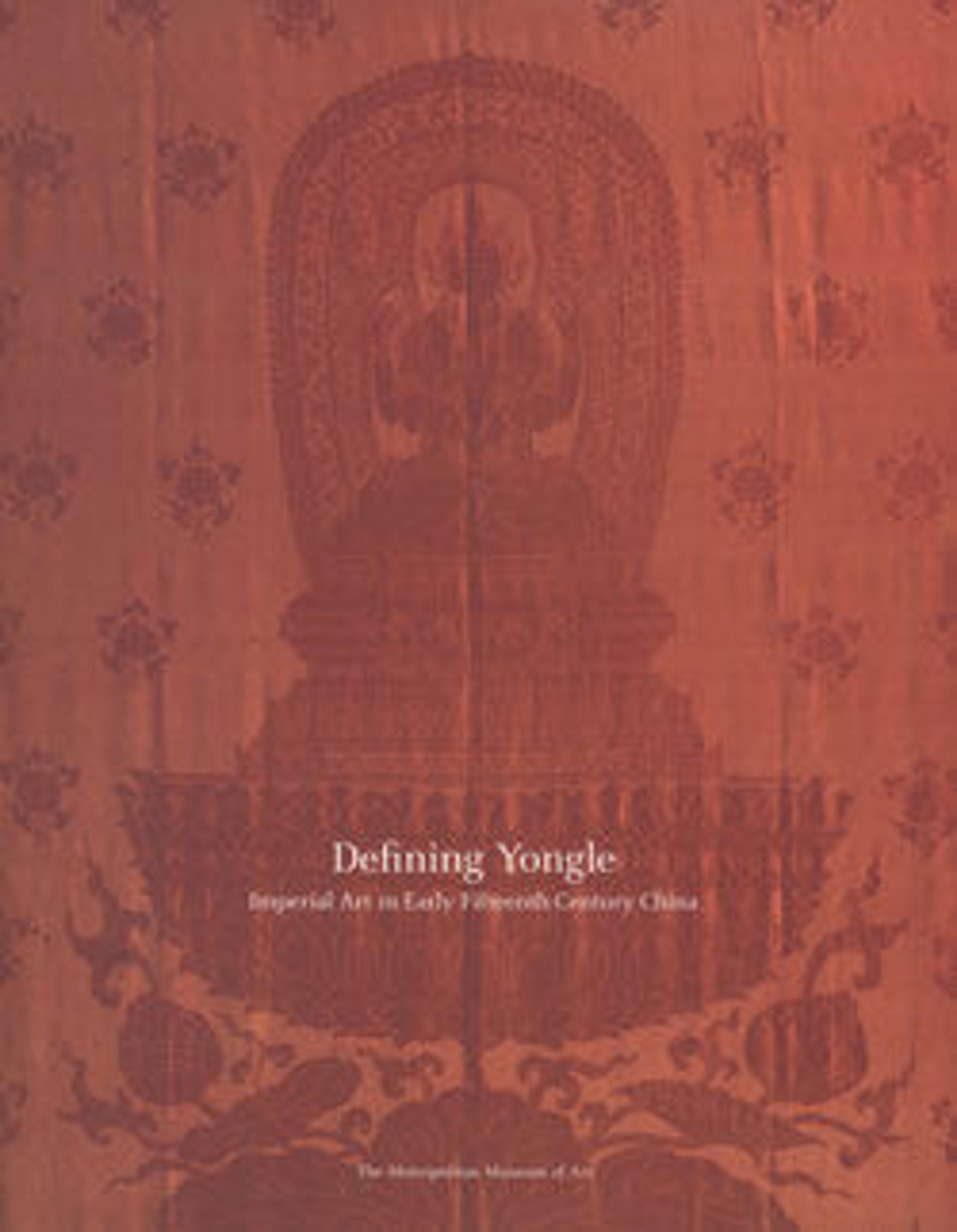
Defining Yongle: Imperial Art in Early Fifteenth-Century China
The imperial workshops of Yongle (r. 1403–24), third emperor of the Ming dynasty, produced superb paintings, sculptures, porcelains, and other luxury objects that became the foundation for subsequent developments in the arts for the remainder of the Ming dynasty. This volume traces the roots of the Yongle artistic styles to the previous dynasty, the Yuan (1271–1368), when China was ruled by the Mongols. It offers new insight into the emperor's attachment to Tibetan Buddhism, which is reflected in many of the objects illustrated in this volume. The Yongle reign was also a period of active trade and diplomatic exchanges between China and Central Asia and the Middle East, the influence of which can be seen in the decorative arts of this era: porcelain articles, for instance, copied the shapes of Islamic glass and metalware vessels. It was this masterful blending of indigenous Chinese themes with foreign styles and designs that created the vibrant synthesis of the arts that is a hallmark of the Yongle reign. This brief account of the arts is narrated against the life and times of one of the most powerful and complex personalities history has ever known.
Met Art in Publication
You May Also Like
Press the down key to skip to the last item.
Citation
Watt, James C. Y., Denise Patry Leidy, and Metropolitan Museum of Art, eds. 2005. Defining Yongle: Imperial Art in Early Fifteenth-Century China; [Published in Conjunction with the Exhibition “Defining Yongle: Imperial Art in Early Fifteenth-Century China”, Held at The Metropolitan Museum of Art, April 1 - July 10, 2005]. New York, NY: Metropolitan Museum of Art.
